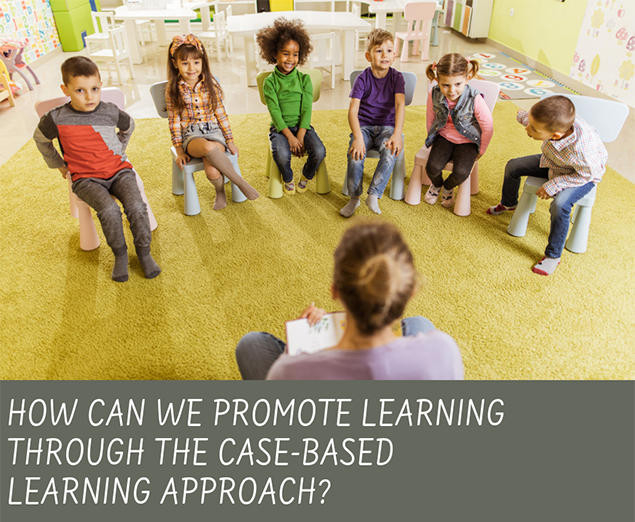What is Case-Based Learning?
Posted by Network Support · Leave a Comment
What is Case-Based Learning?
Case-based learning, or, the case method, is a student-centered learning approach. This method uses cases – hypothetical, or real-life problems – to supplement theoretical knowledge. In this learning strategy, students are given cases to solve, allowing for practical application of the concepts learned in class. Use of case-based learning:
- Facilitates collaborative learning in the classroom.
- Provides students with hands-on learning opportunities to connect and apply their theoretical understanding.
- Builds interest and motivates students to engage in active learning tasks.
- Encourages students to learn by exploring and experimenting.
- Develops higher cognitive skills, such as critical analysis, reasoning, problem-solving, introspection and inquiry-based learning.
- Exposes students to different perspectives and thought processes.
Characteristics of Cases
Cases are generally stories or narratives that include characters and scenarios. These narratives are presented in the form of written, video or interactive cases, and can include simulations and games. Versatility, story-telling and efficiency in promoting self-guided learning are all useful, positive qualities of cases.
Case-Based Learning in Practice
Here are some points to bear in mind when incorporating the case method in classrooms:
Start slowly: When introducing the strategy, it is advisable to start slowly. Teachers can break up lessons and use small cases to demonstrate the practical application of the concepts taught, or use a single case at the end of the lesson to connect theory to practical context.
Group works: Case-based learning is best incorporated as a small group activity. Teachers can divide students into 3- or 4-member groups, and each group can be given a case to solve. Teachers can either allot the same case to every group or give different cases to different groups. Groups can be instructed to solve their cases within a specified amount of time and present their cases with clear rationale and evidence.
Same groups: With other strategies, the norm is to form a different group each time. However, with case-based learning, the results improve when groups are repeated, as it gives students time to explore and understand each member’s point of views, thought process, and find solutions combining their different skills and expertise.
Case selections: Teachers can either choose cases from existing sources or create their own. When creating cases, teachers must ensure that cases:
- Are short.
- Tell a story.
- Are relevant and interesting to students.
- Are based on factual information.
- Provoke reflection and culminate in decision-making.
- Have a learning purpose.
Role of teachers: Teachers serve as facilitators and supervisors during case-based learning, supporting and providing assistance as required. During group work, teachers can move around, asking groups questions to ensure that they are focusing on tasks to identify struggling groups and record student progress.
Applications of cases: Besides a practical application of theory, case work can also be given as assignments and for assessing student learning. Teachers can create specific rubrics for assessing both individual student skills, and group participation.
With case-based learning, student understanding of concepts can be improved as cases provide a context for the concepts. As the strategy encourages learning through action and problem-solving, student retention of information is strengthened. This is why case-based learning is often an effective learning strategy for classrooms.
Like this article for teachers?
Browse the Professional Learning Board COURSE CATALOG to find related online courses for teachers in your state. Professional Learning Board is a leading provider of online professional development classes that teachers use to renew a teaching license or renew a teaching certificate.





